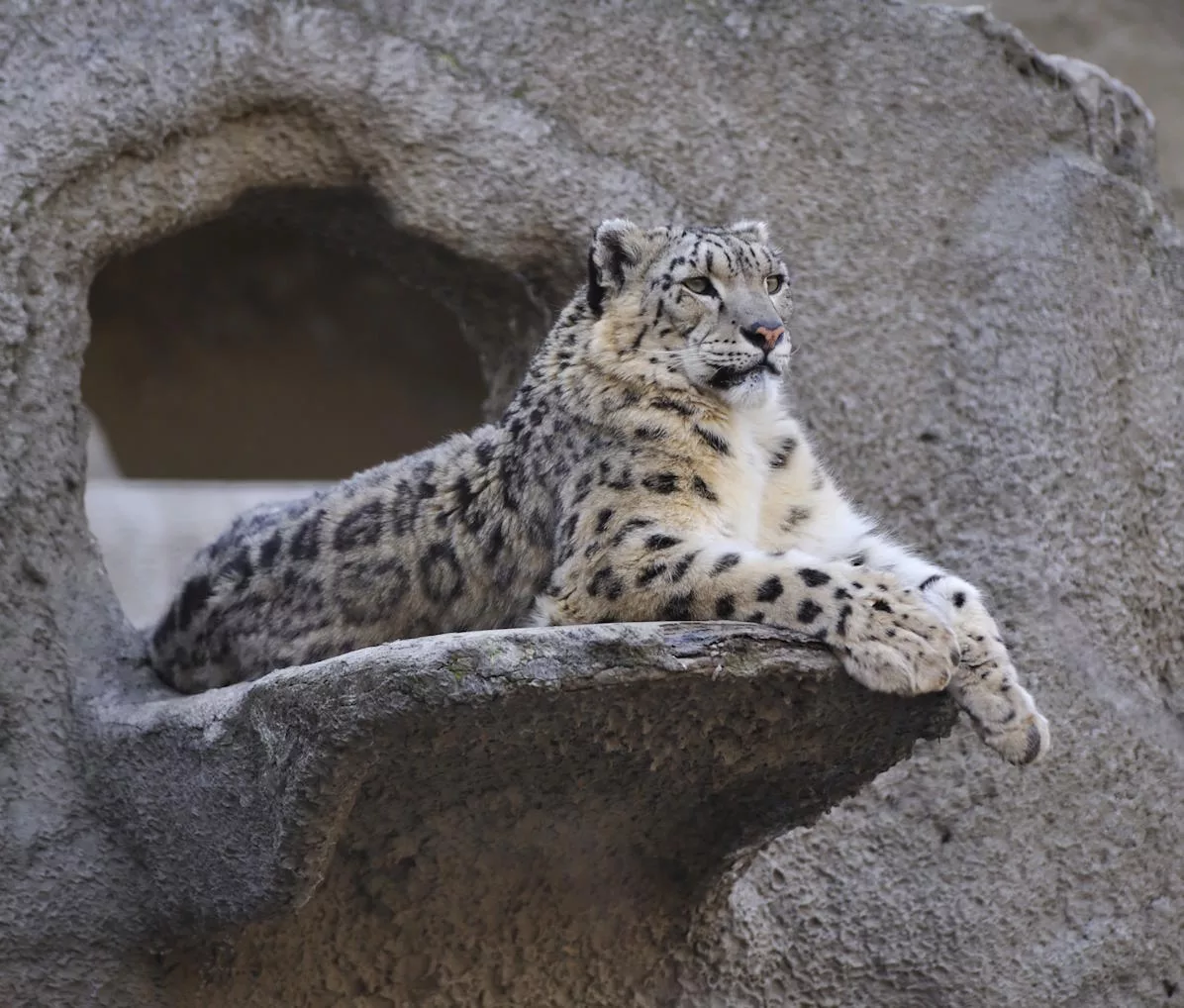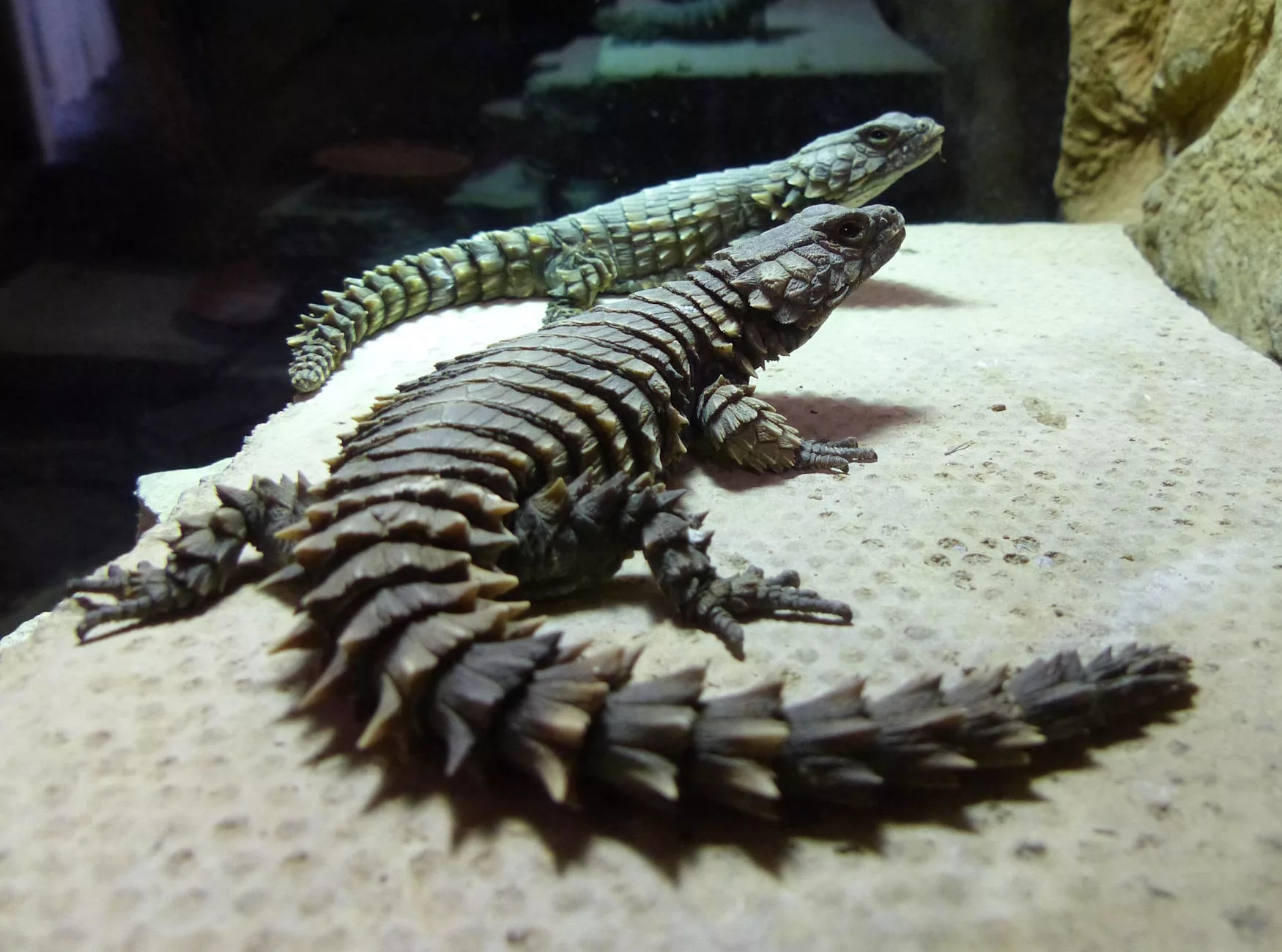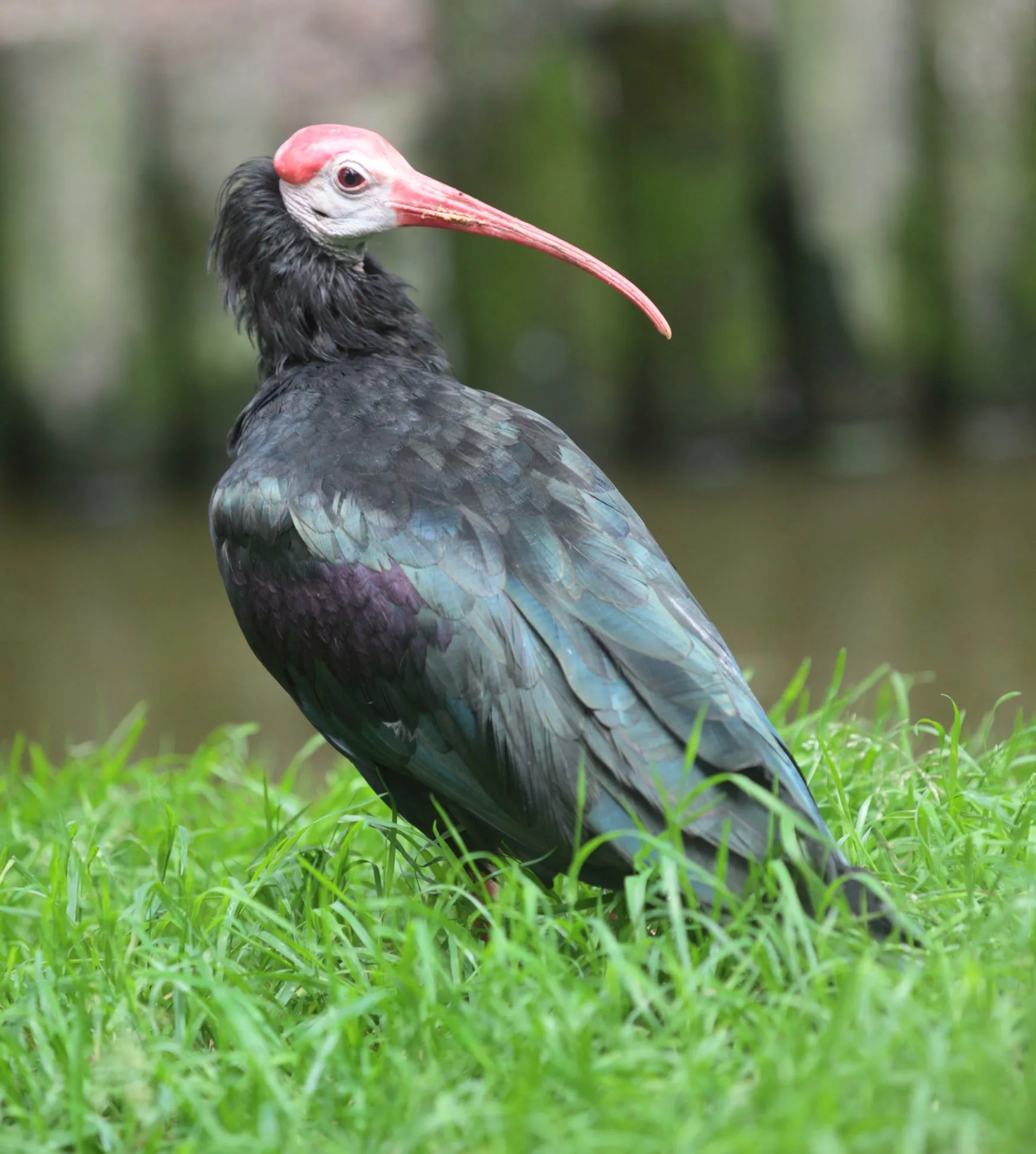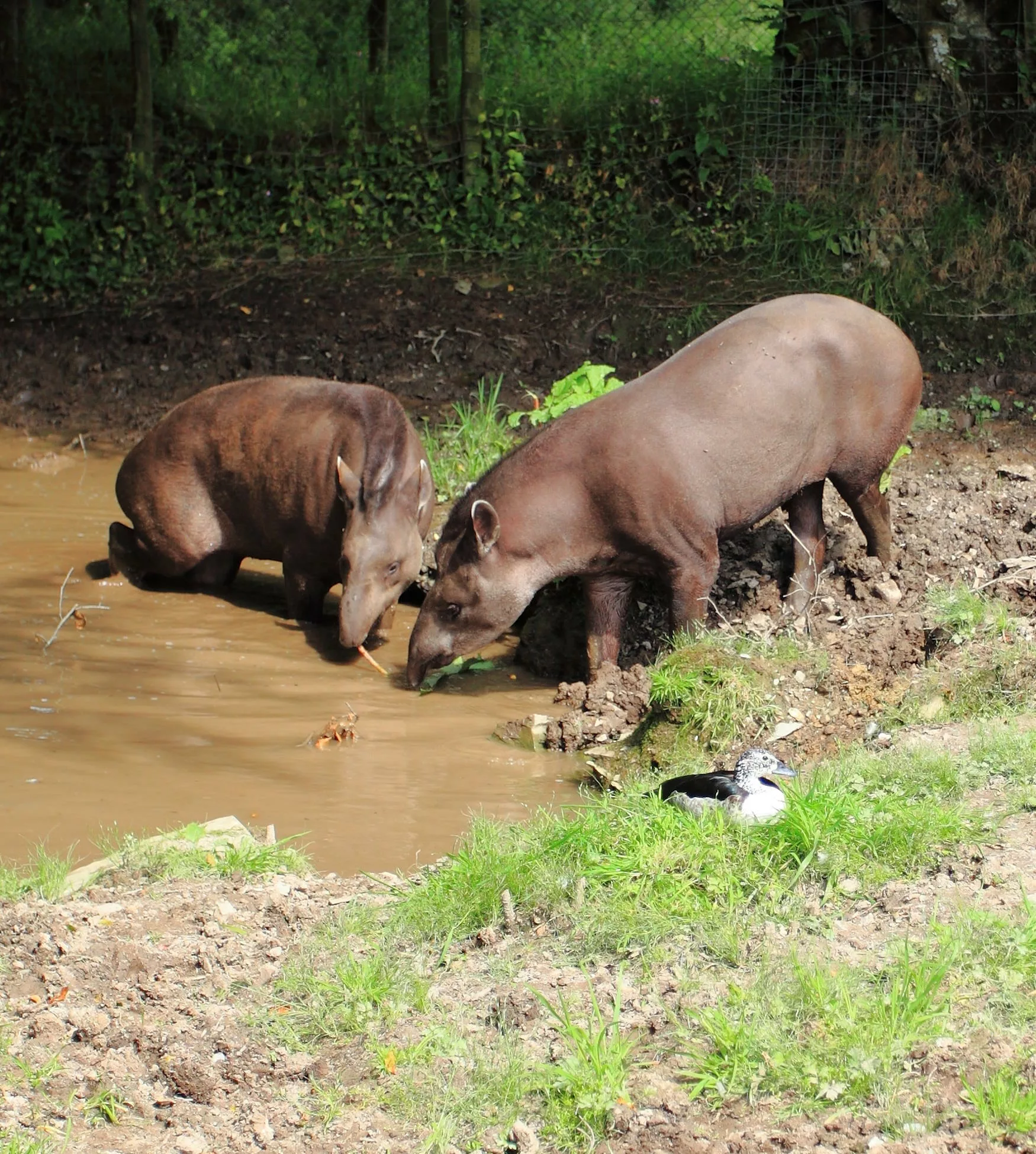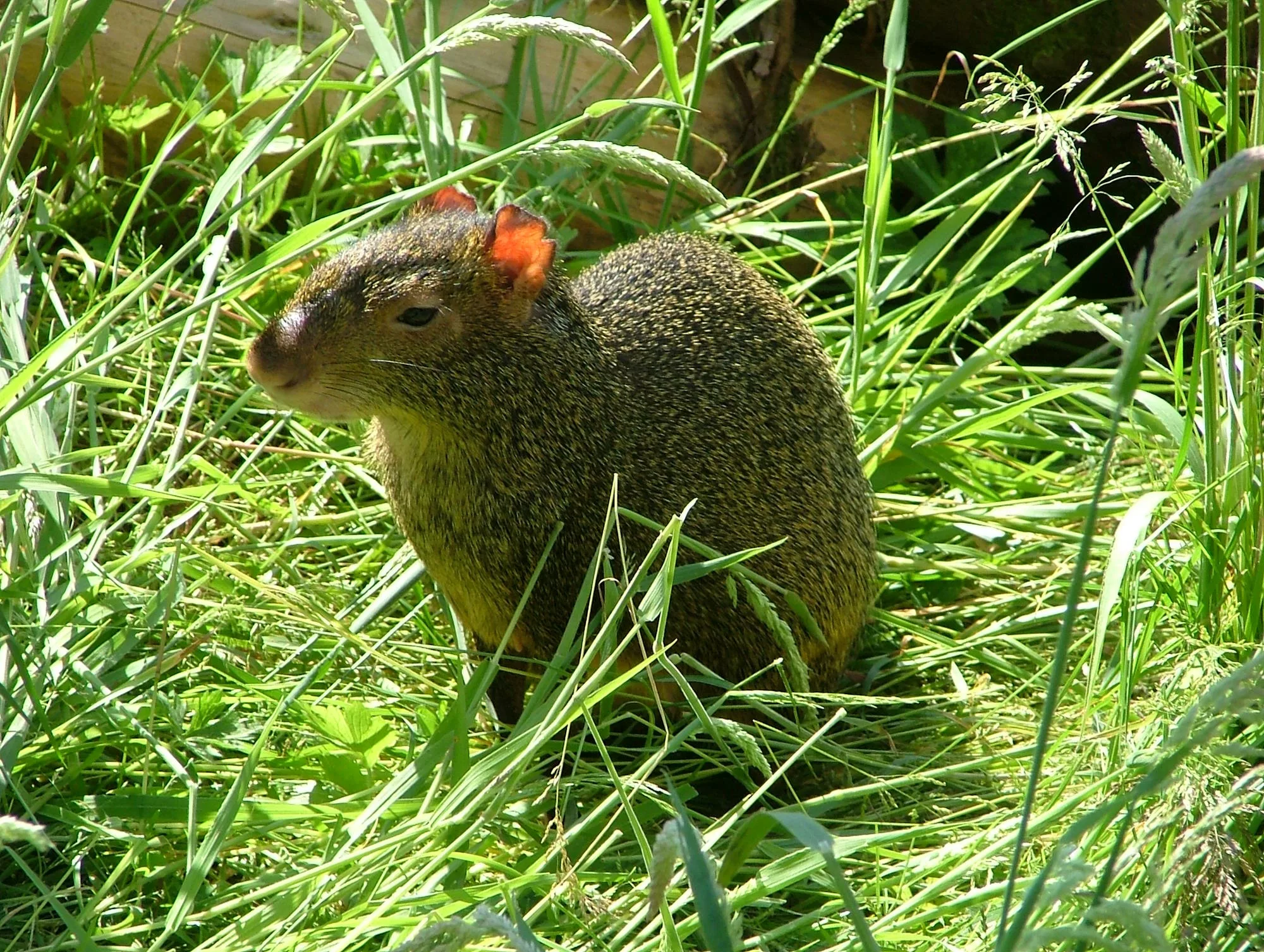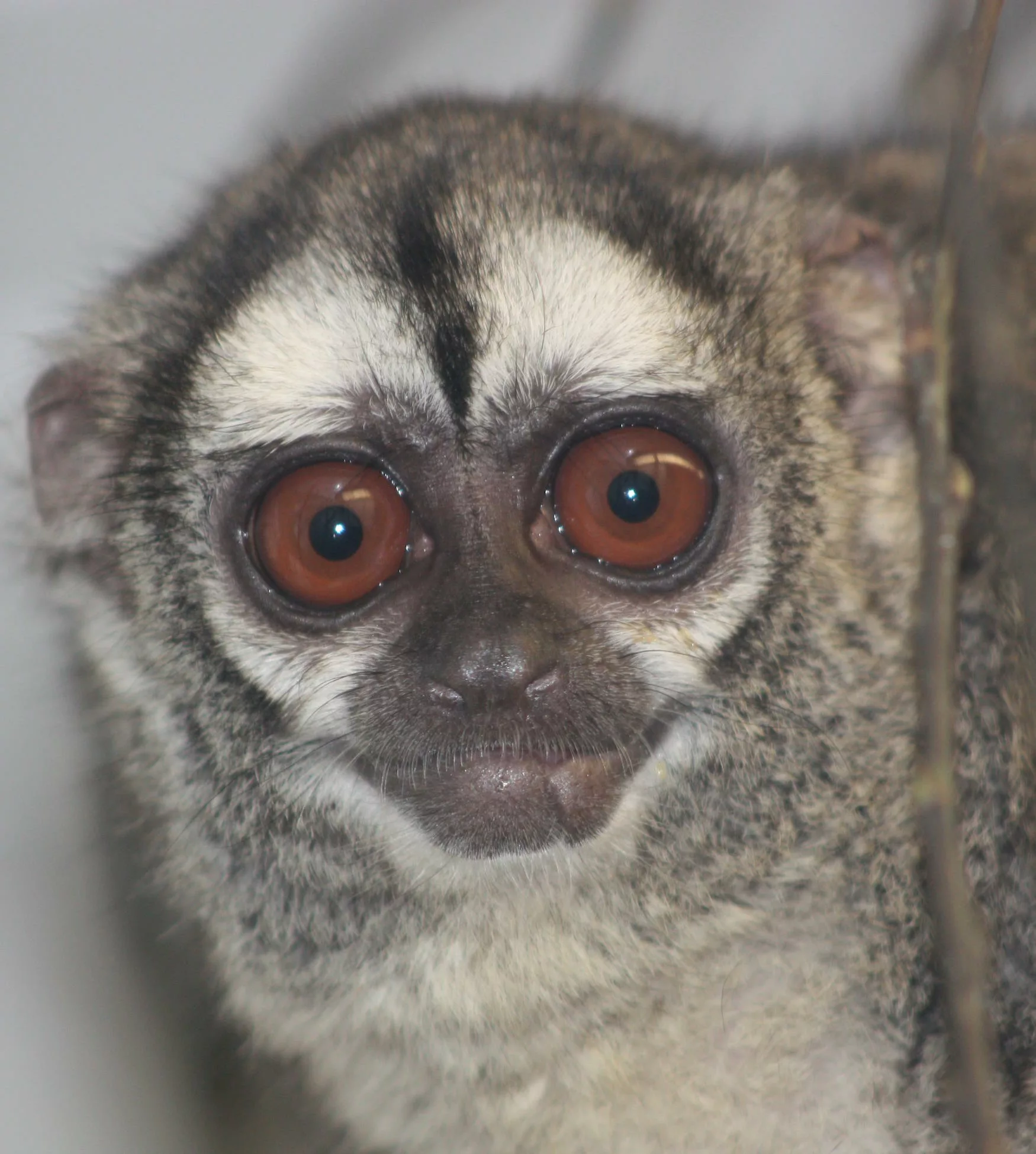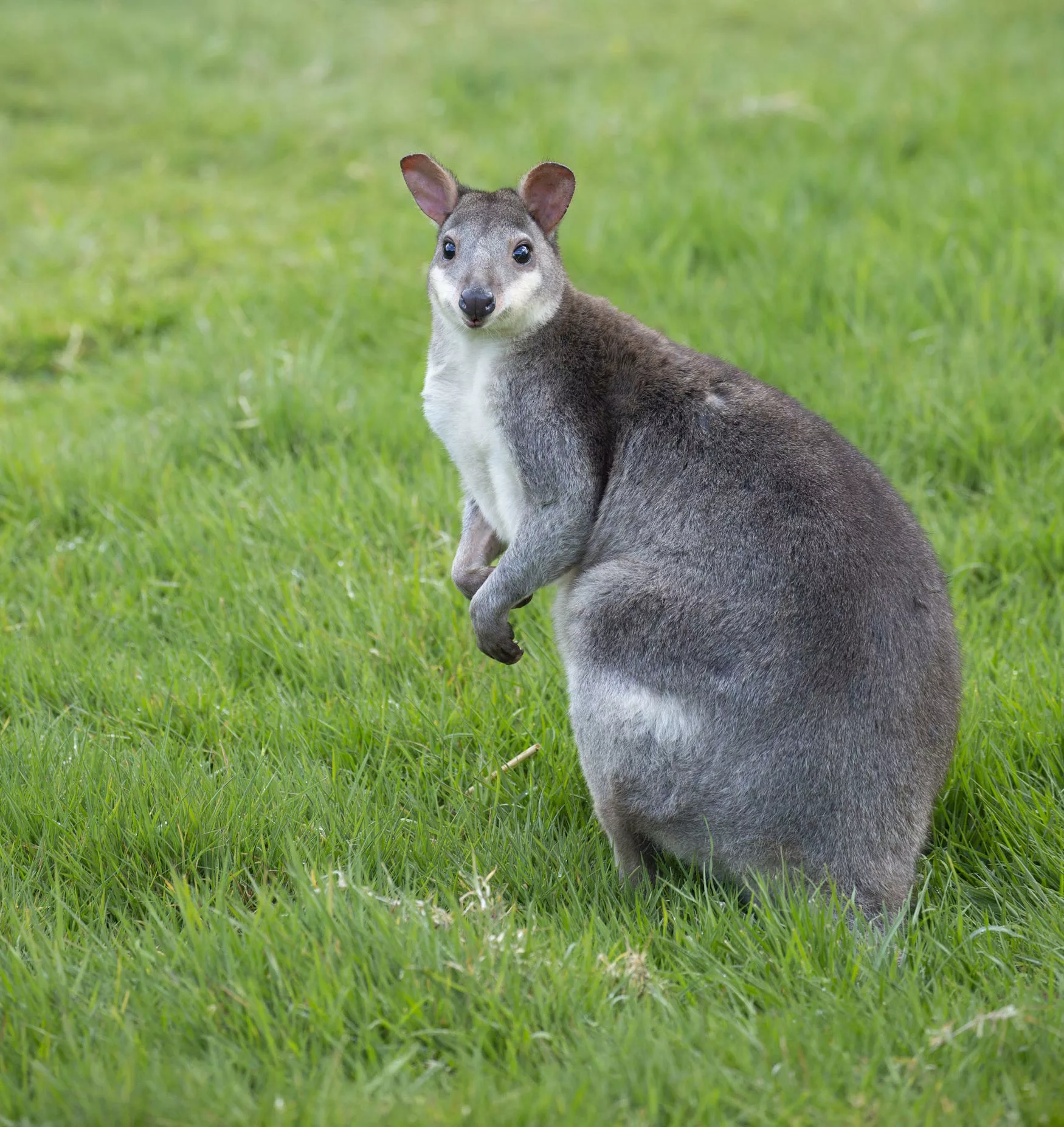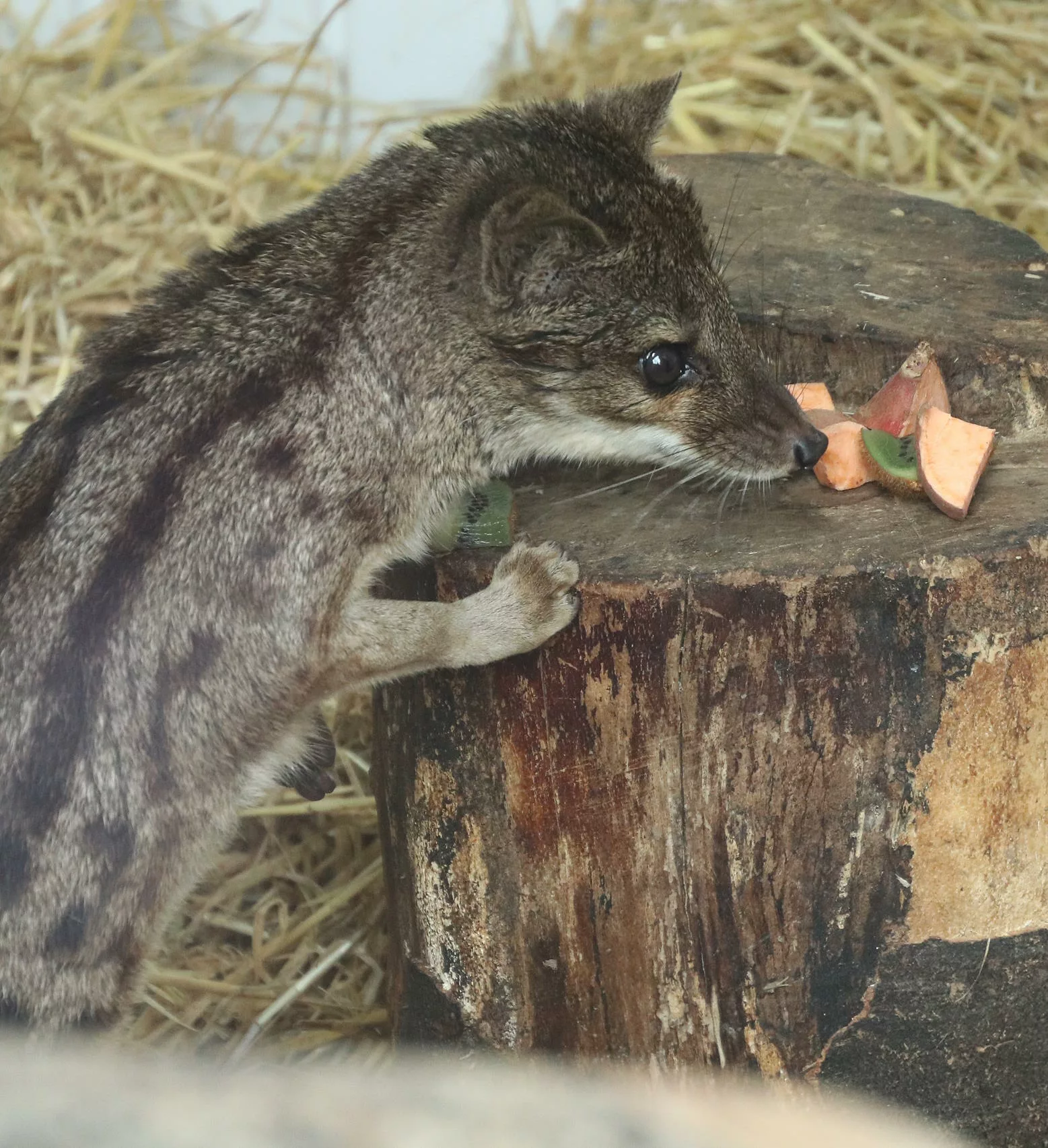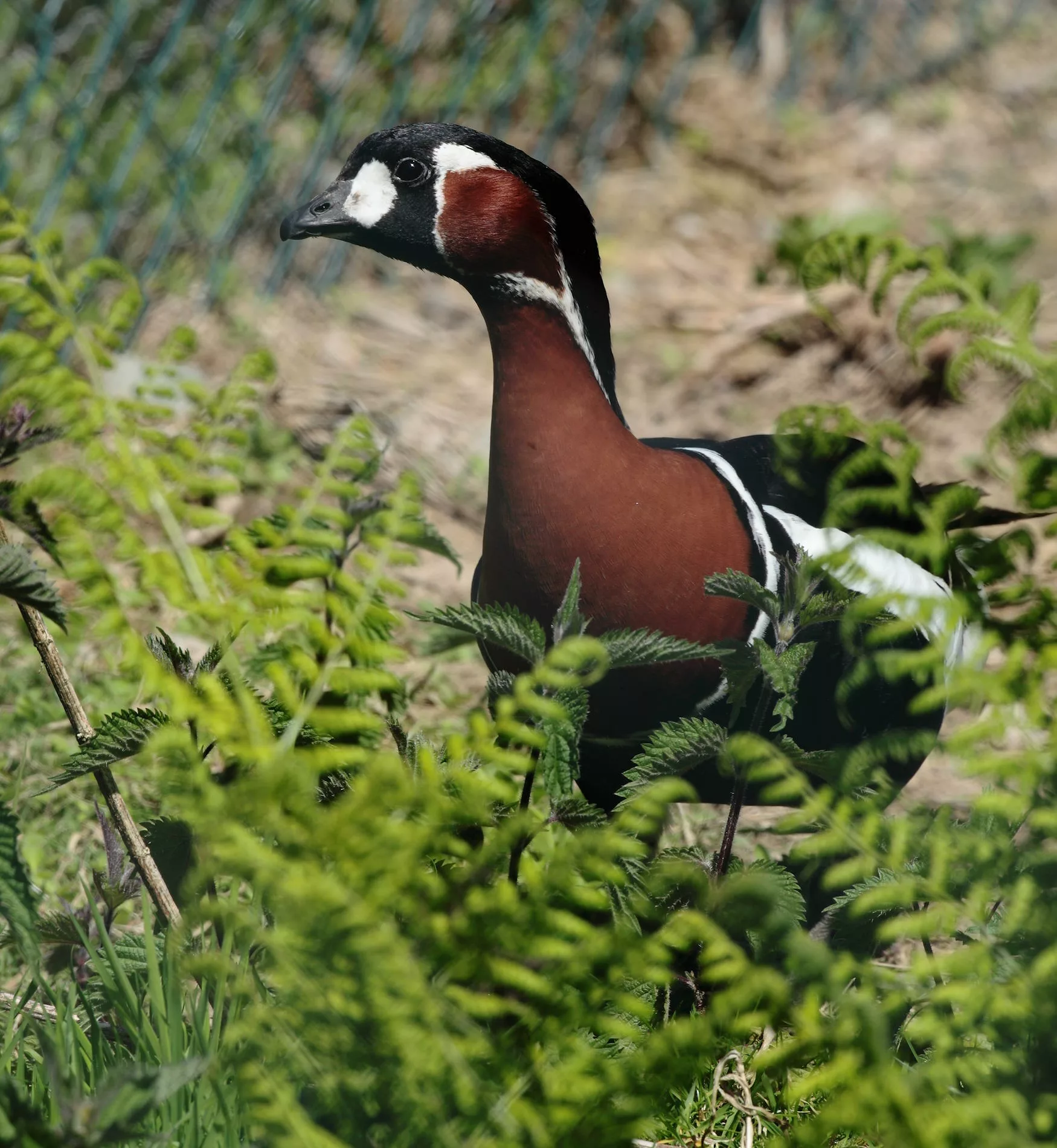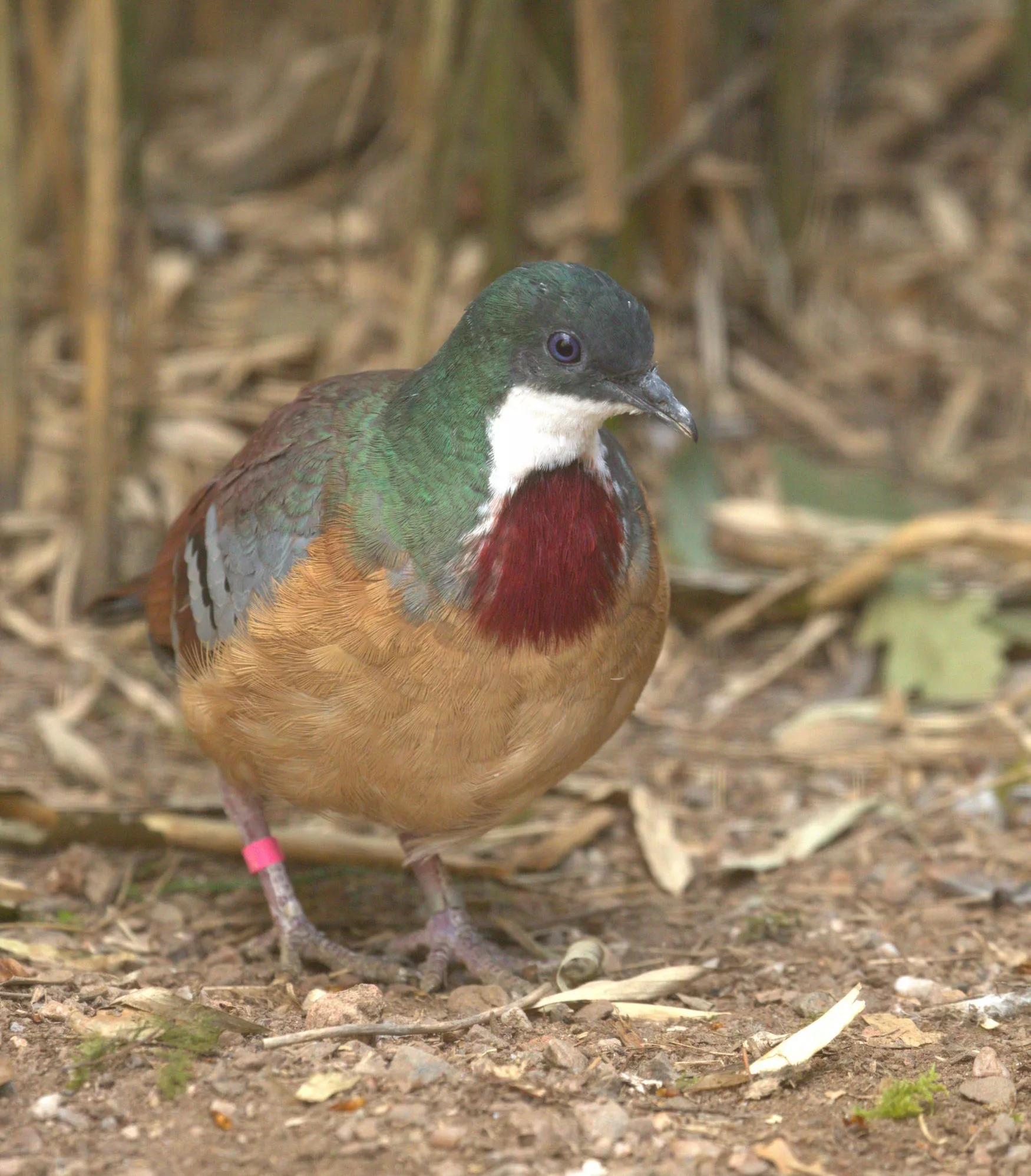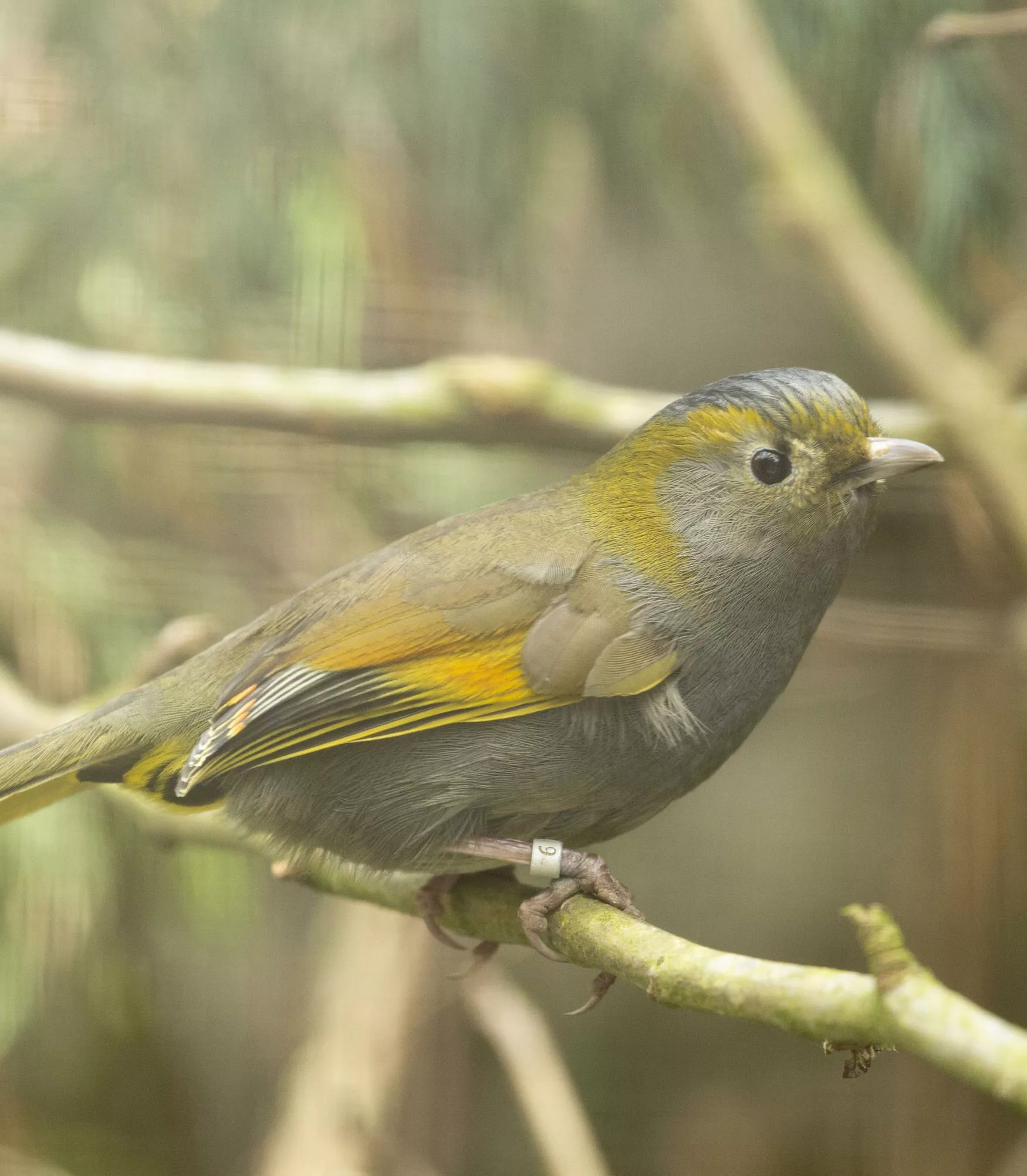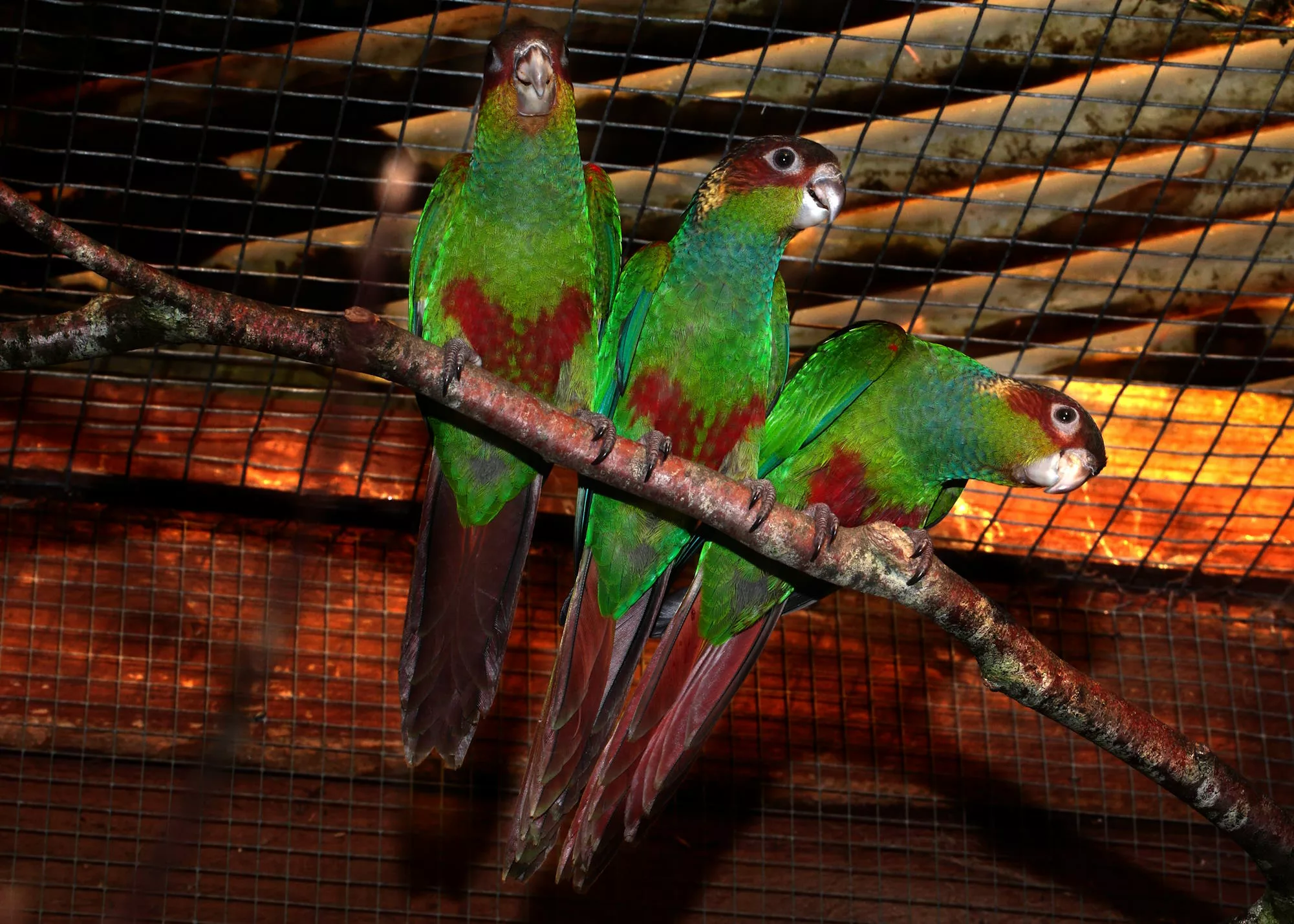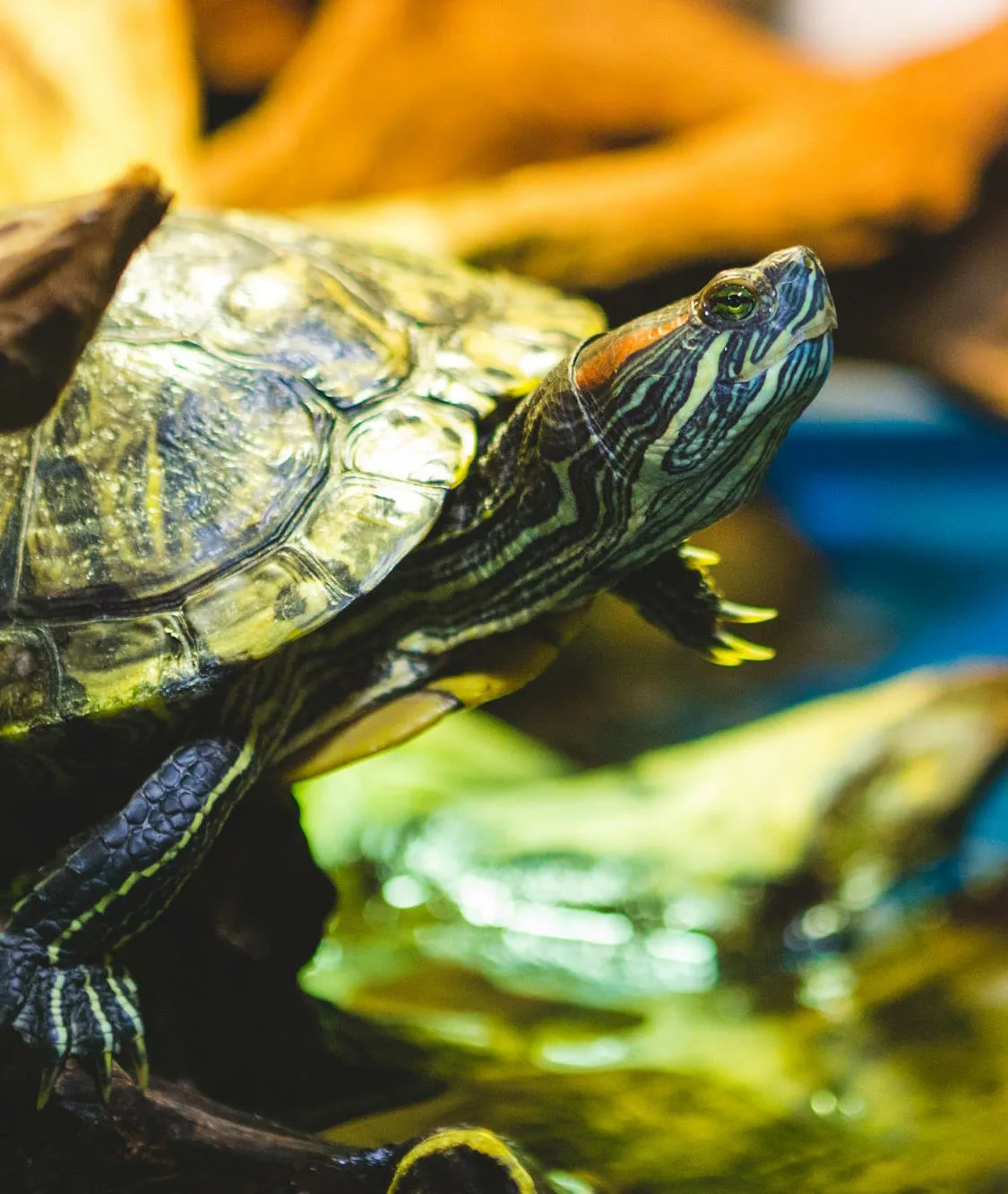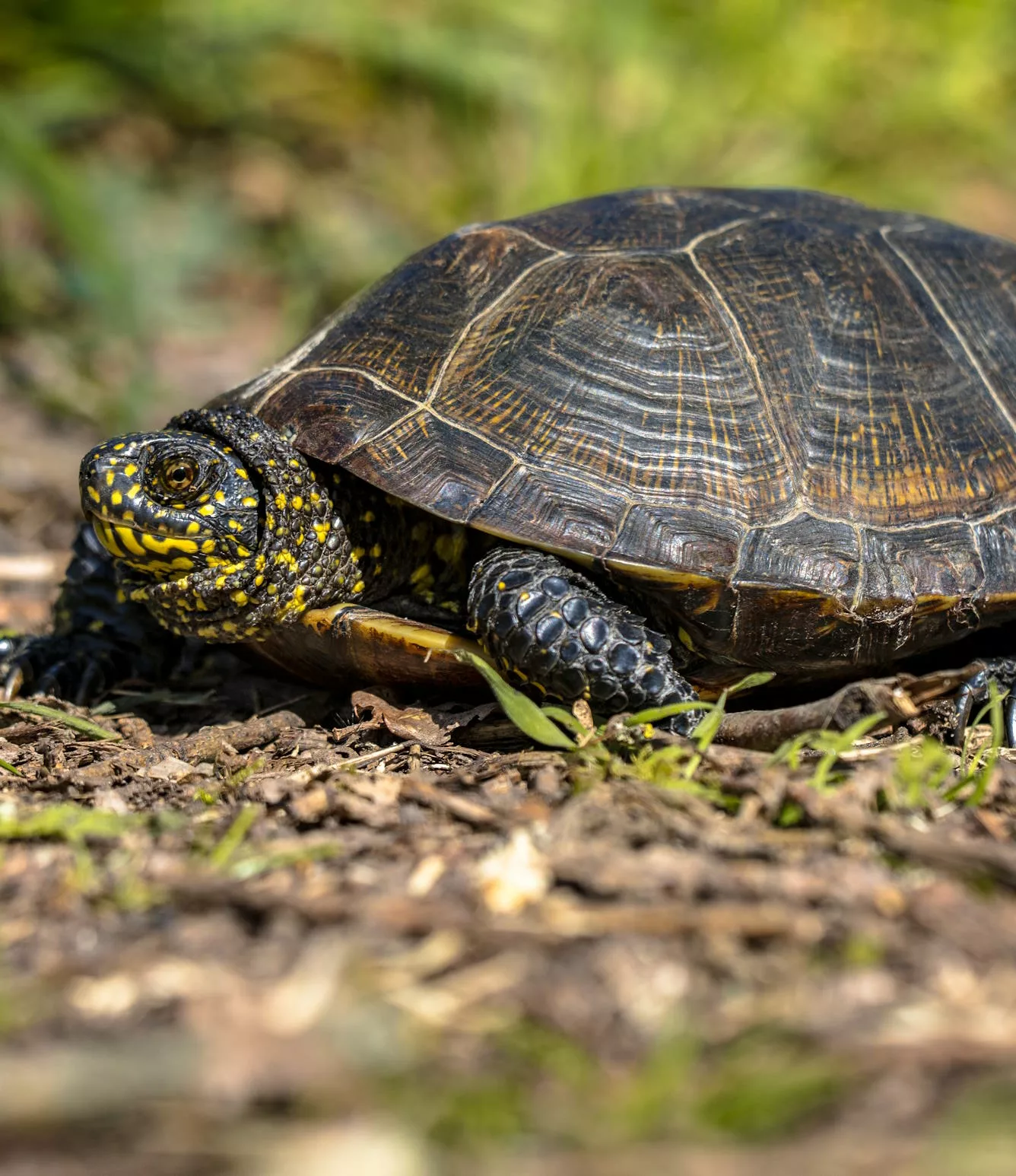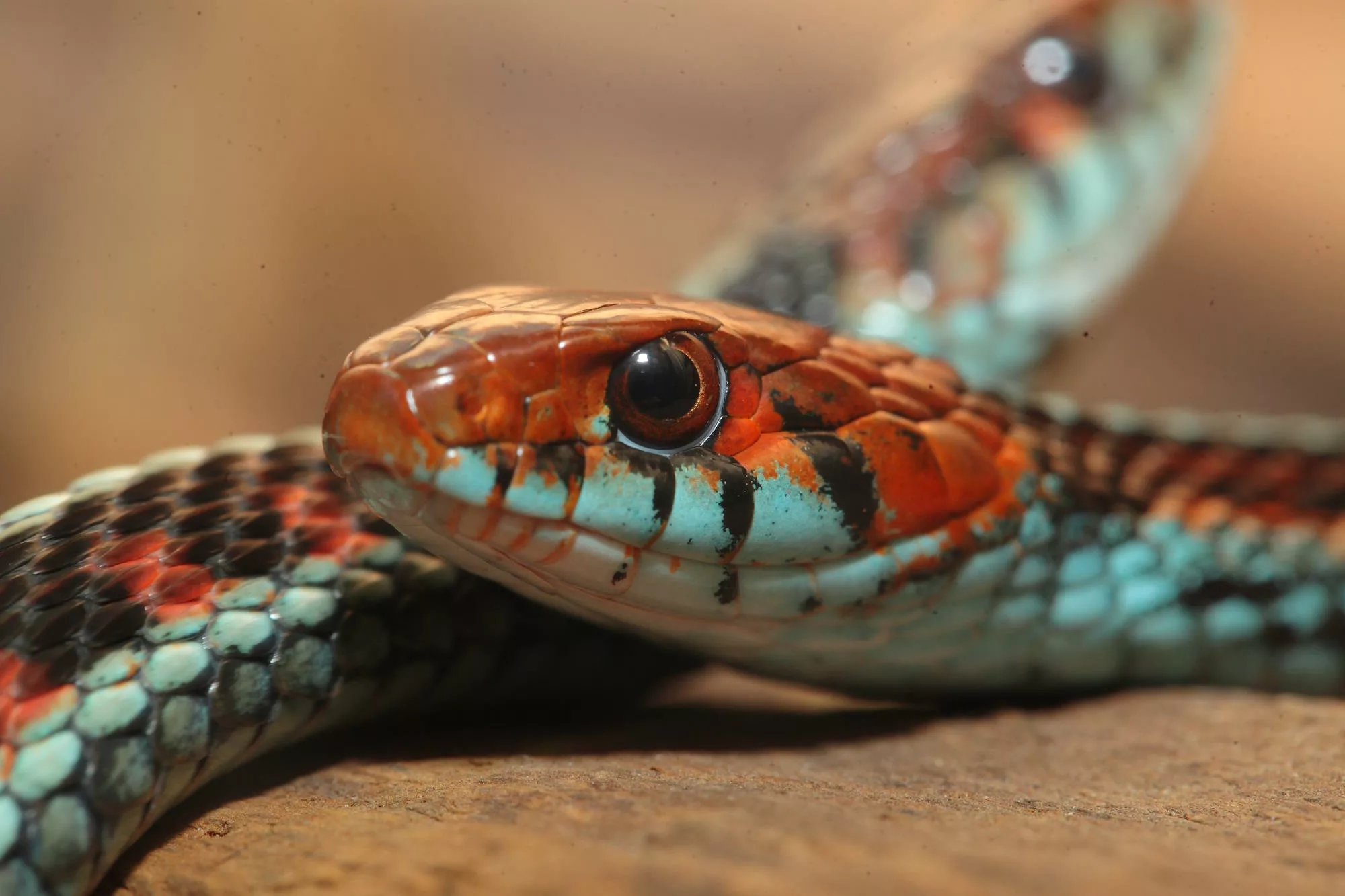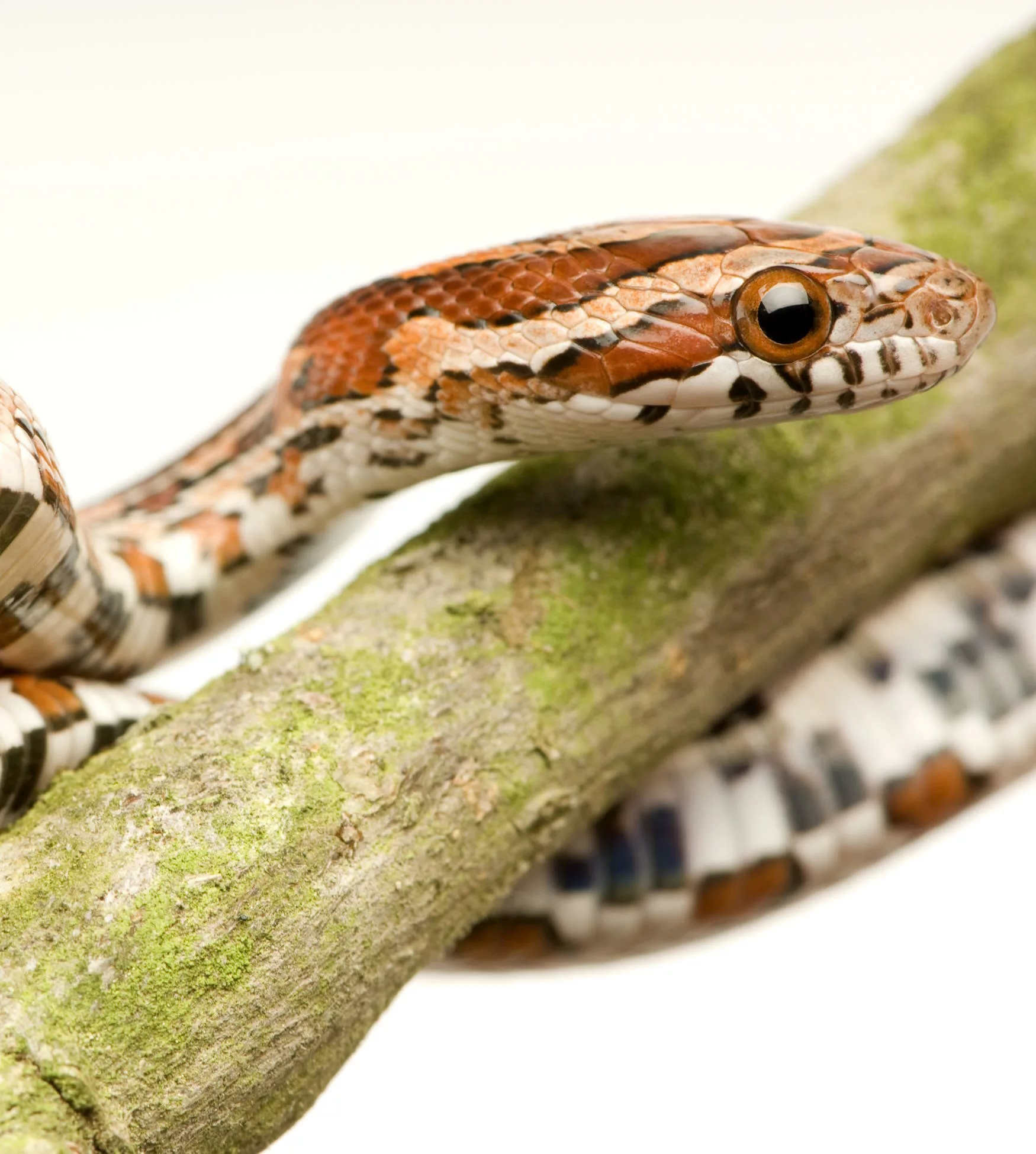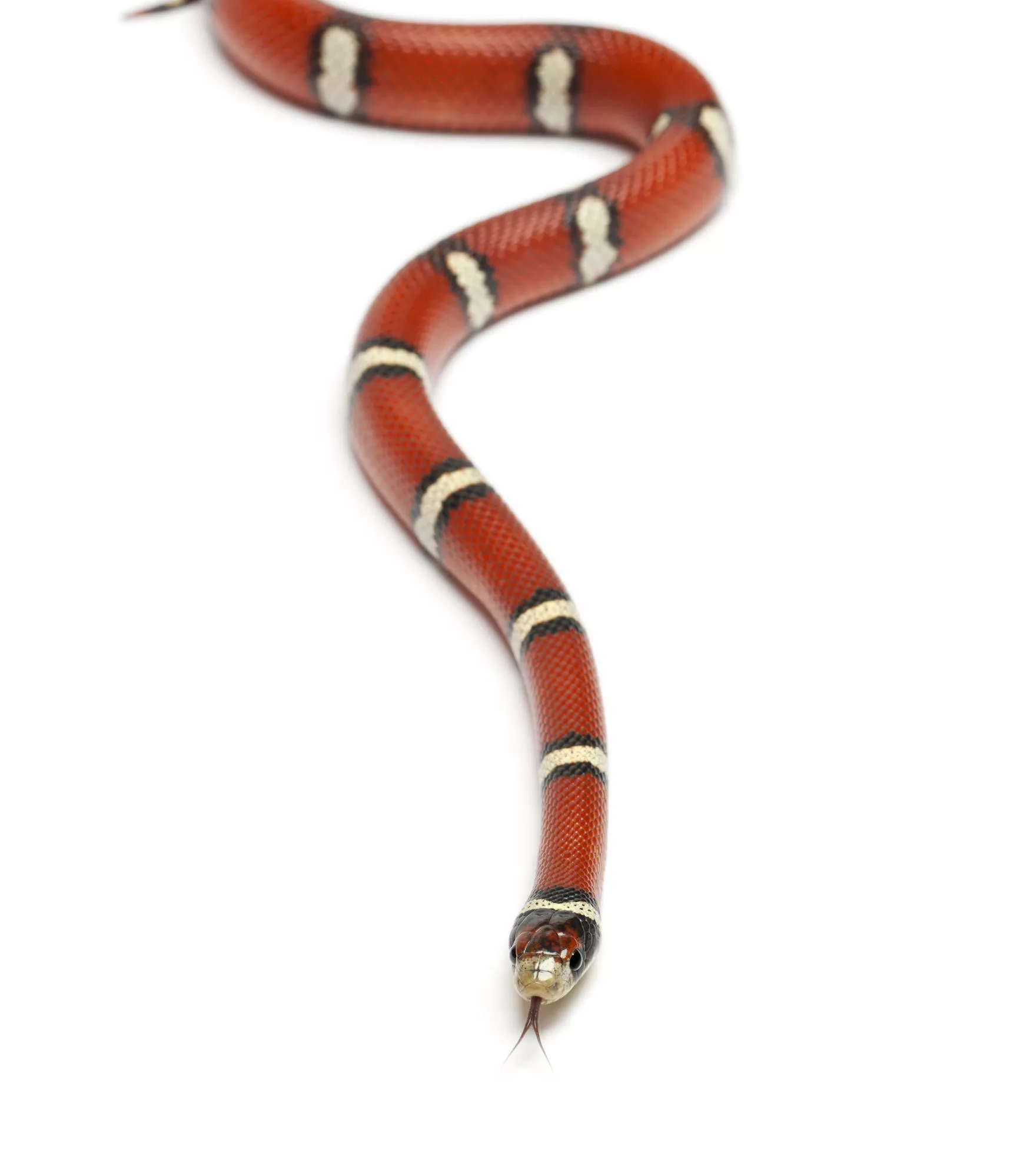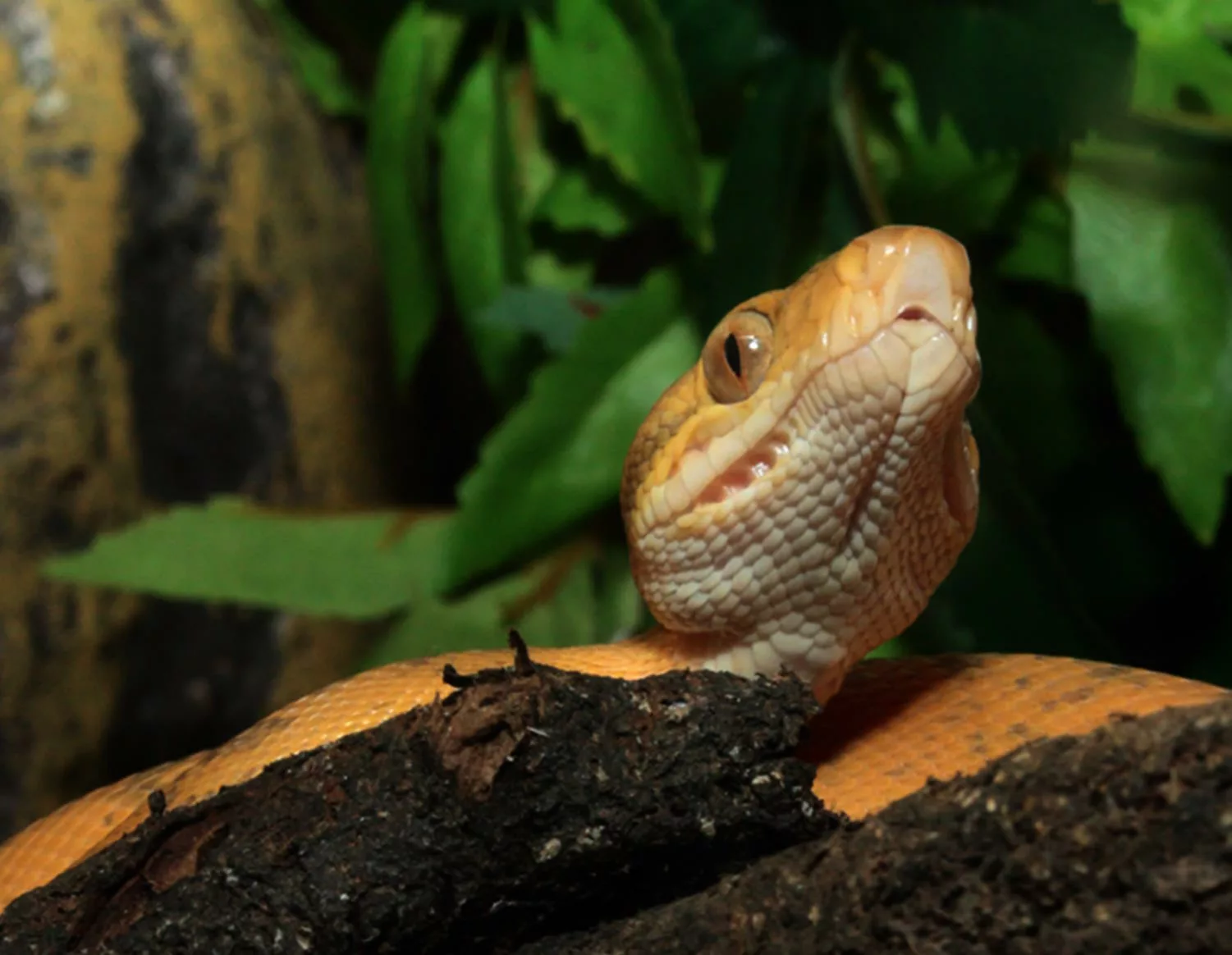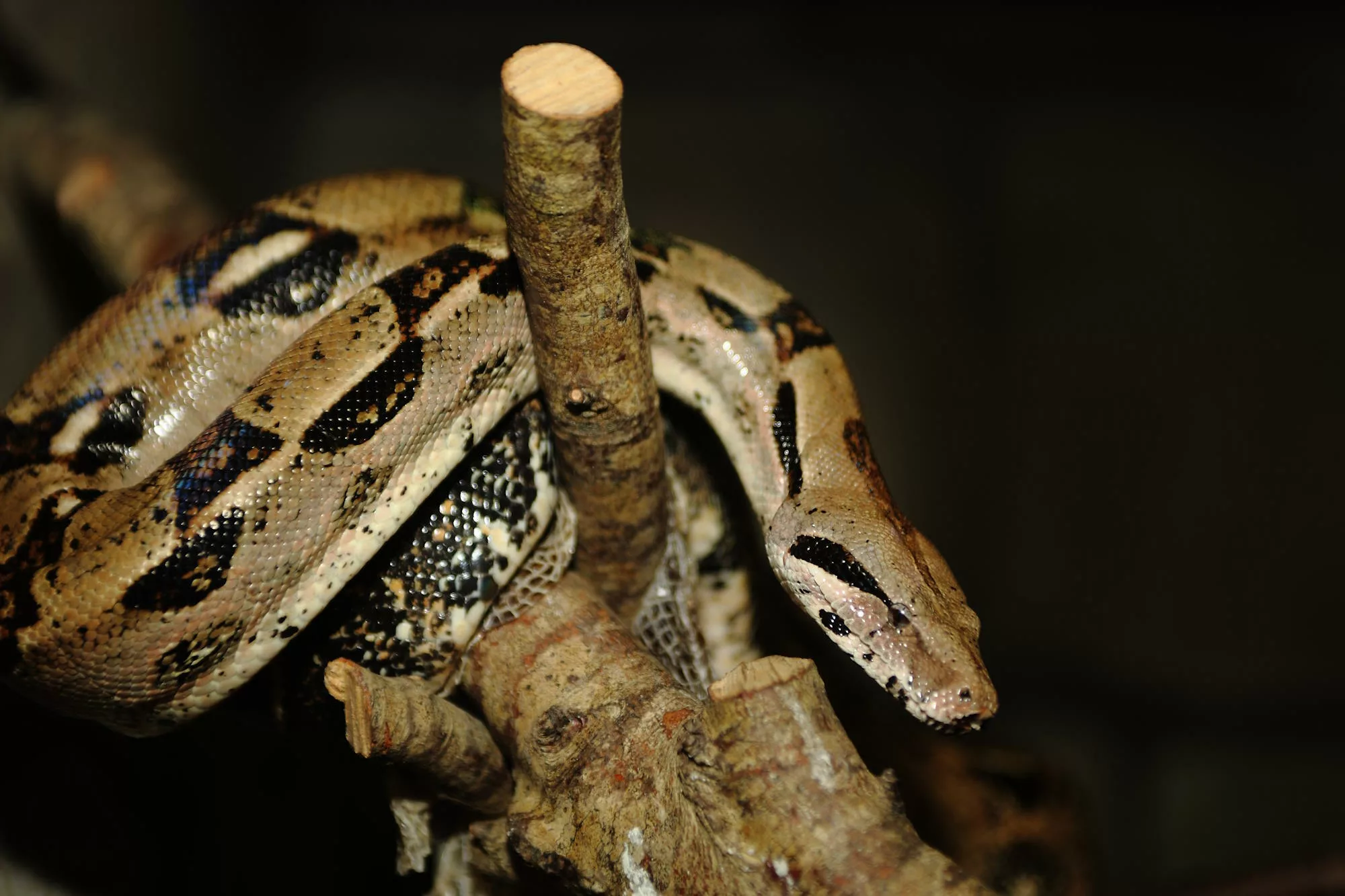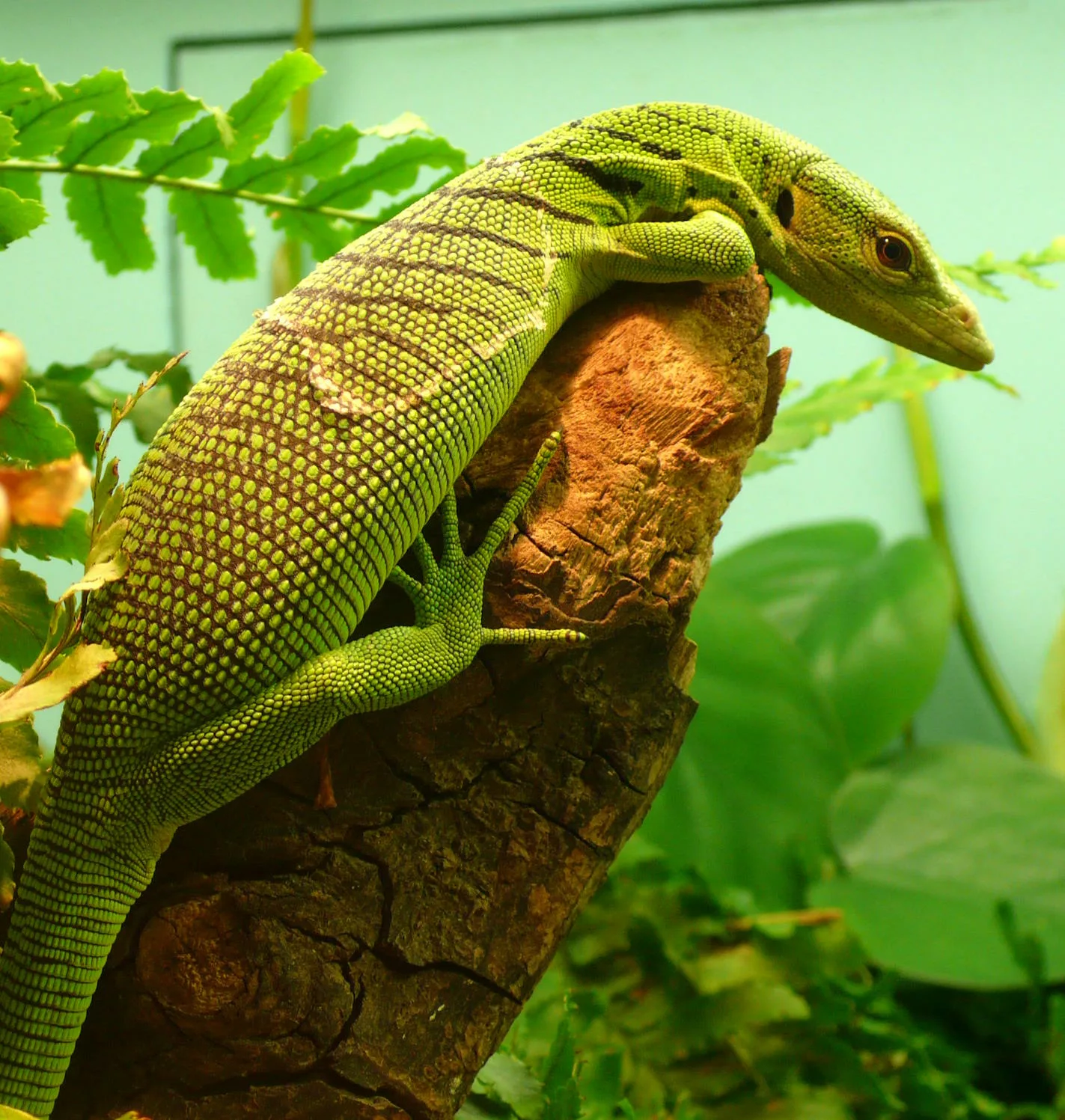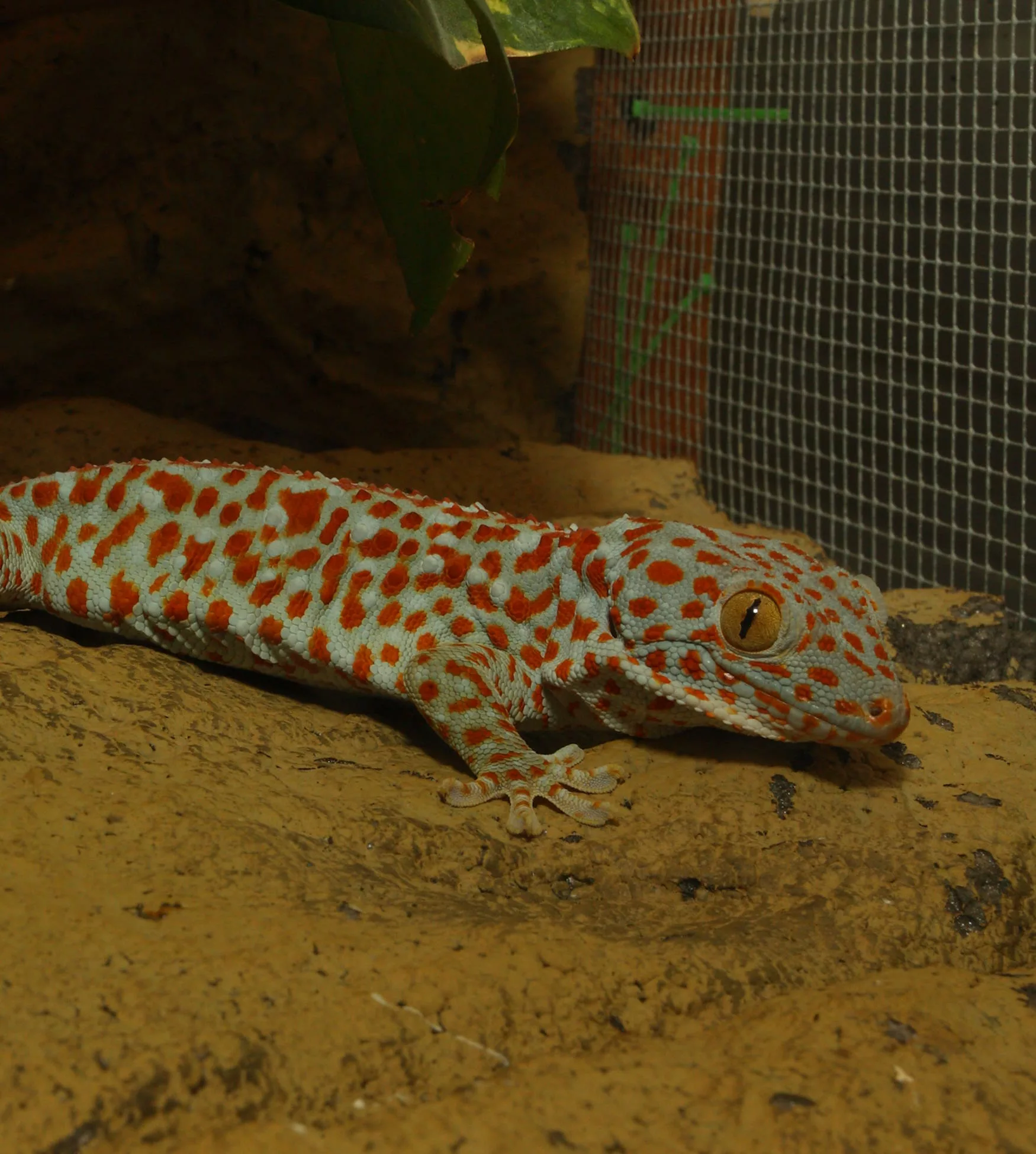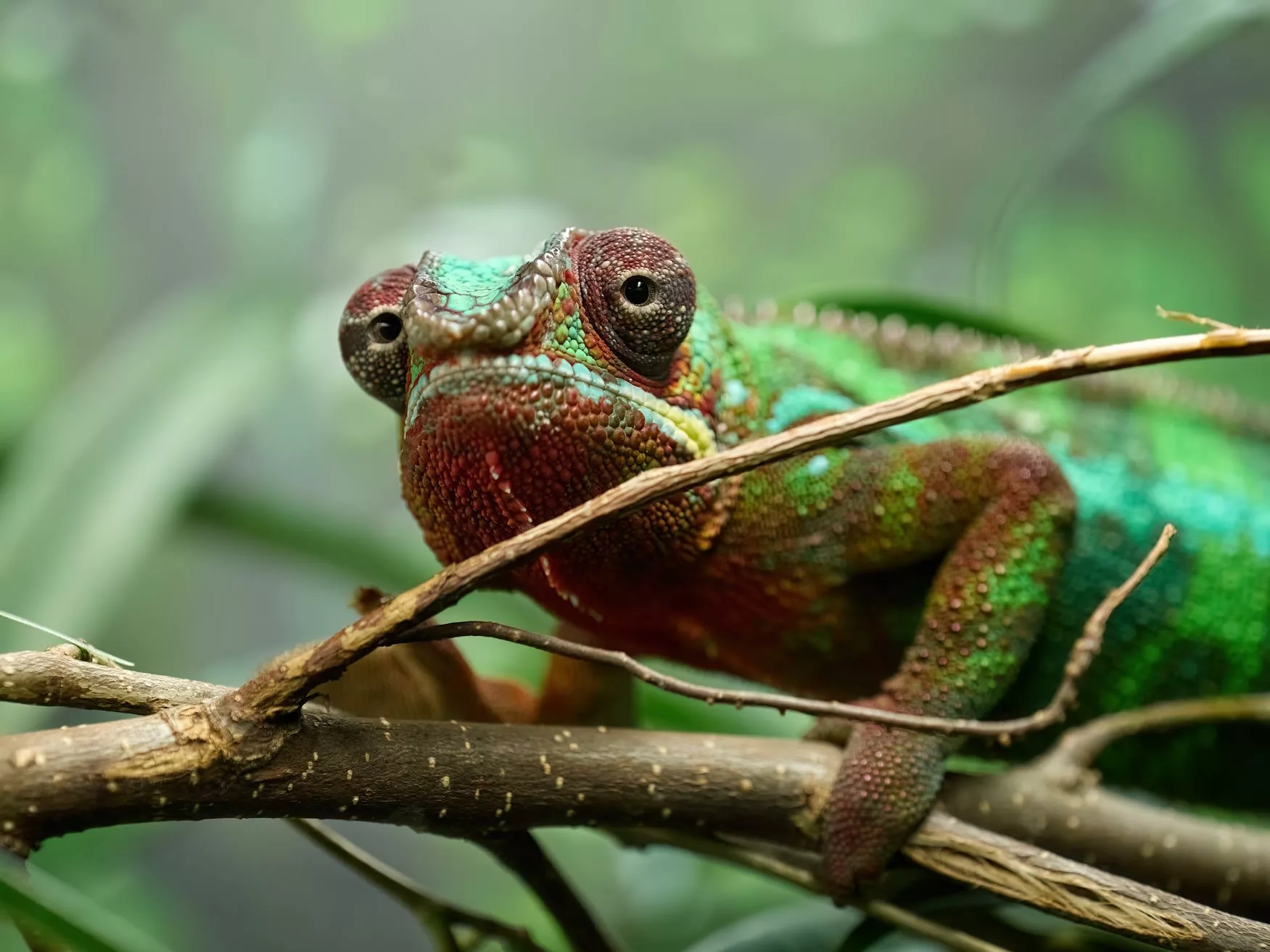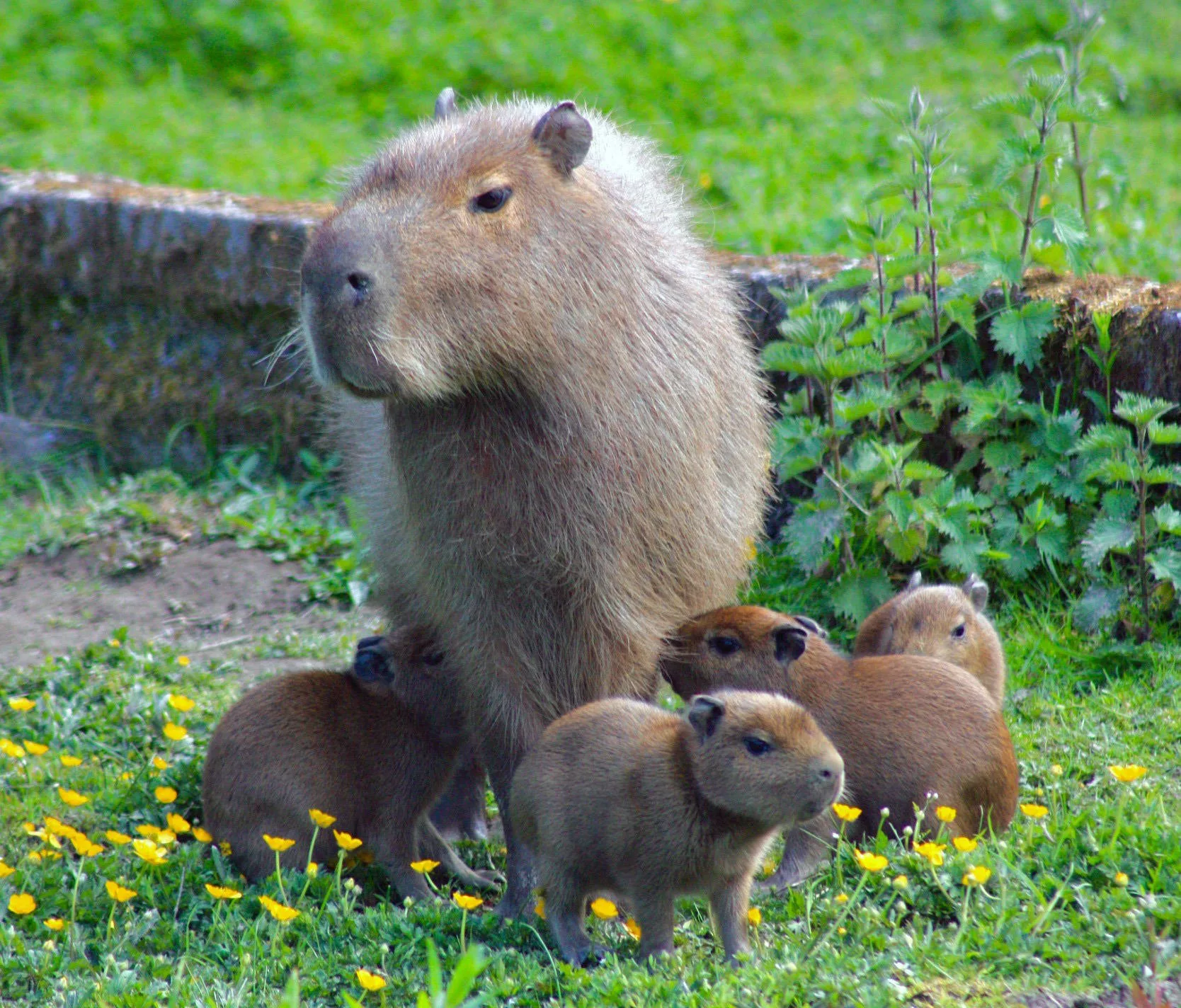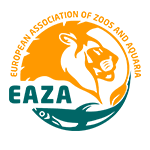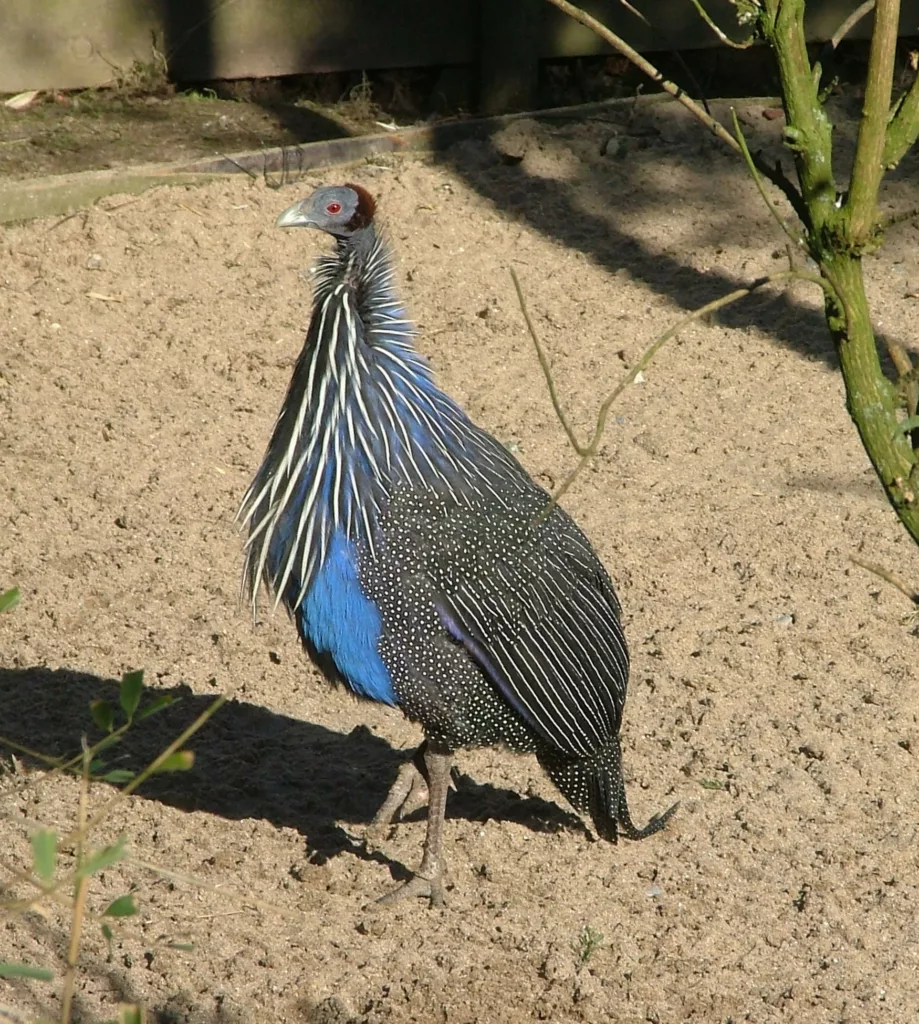
Vulturine guineafowl
Scientific name: Acryllium vulturinum
IUCN listed as: Least Concern
Learn before you visit!
Here are some facts about the species – Discover what they eat, find out about their natural habitat, see what they like to do, and more… Set the reading style to suit you too, everyday speak or something aimed towards children.
Child-friendly
Everyday
Diet
Vulturine Guineafowl are omnivores, feeding primarily on seeds, fruits, and small invertebrates such as insects and worms. They forage on the ground in groups, scratching the soil to uncover food. Their diet varies seasonally, with a higher intake of insects during the wet season when these are more abundant. This diverse diet helps them maintain their energy levels and supports their active lifestyle. In captivity, their diet is supplemented with grains, vegetables, and protein sources to ensure balanced nutrition.
Vulturine Guineafowl eat seeds, fruits, and insects. They look for food on the ground in groups. Their diet changes with the seasons, eating more insects when it’s wet. This helps them stay healthy and active.
Breeding
Breeding typically occurs during the rainy season when food is plentiful. Vulturine Guineafowl build nests on the ground, often hidden under dense vegetation. Females lay between 4 to 8 eggs, which are incubated for about 28 days. Both parents are involved in raising the chicks, which are precocial and can forage soon after hatching. This cooperative breeding strategy enhances the survival rate of the offspring.
These birds lay 4 to 8 eggs on the ground, hidden in plants. Both parents take care of the chicks, which can find food soon after hatching. They breed during the rainy season when there’s plenty of food. This helps the chicks survive.
Habitat
Vulturine Guineafowl inhabit dry savannahs and open woodlands in East Africa, particularly in Kenya, Ethiopia, and Tanzania. They prefer areas with sparse vegetation and ample open ground for foraging. These habitats provide essential resources such as food, nesting sites, and protection from predators. Despite their adaptability, habitat destruction due to agricultural expansion poses a significant threat. Conservation efforts focus on protecting their natural habitats and promoting sustainable land-use practices.
Vulturine Guineafowl live in the dry savannahs and woodlands of East Africa. They need open ground to find food and places to hide. Their homes are threatened by farming. Protecting these areas is important for their survival.
At the zoo
In zoos, Vulturine Guineafowl are housed in large enclosures that mimic their natural savannah habitat, with plenty of ground cover and perching opportunities. Their diet in captivity includes a variety of grains, vegetables, and insects to replicate their natural diet. Zoos play a critical role in the conservation of these birds through captive breeding programs and public education. These efforts help raise awareness about the species and the importance of habitat conservation. Breeding programs in zoos help maintain healthy populations and support genetic diversity.
In zoos, Vulturine Guineafowl live in areas that look like their natural homes. They eat grains, vegetables, and insects. Zoos help protect these birds by breeding them and teaching people about them. This keeps their numbers strong.
Behaviour
Vulturine Guineafowl are social birds, often found in flocks of up to 20 individuals. They are diurnal, spending their days foraging and their nights roosting in trees. These birds are known for their striking plumage and strong legs, which they use to run swiftly from predators. Their social structure includes complex vocalisations and displays used for communication within the flock. Their behaviour is well adapted to their savannah environment, helping them evade predators and find food efficiently.
These birds live in groups and are active during the day. They have bright feathers and strong legs to run from predators. They talk to each other with sounds and actions. Their behaviour helps them find food and stay safe.
Fun facts
- Bright Plumage: They have striking blue and black feathers.
- Fast Runners: They use their strong legs to run quickly from predators.
- Social Birds: They live in flocks of up to 20 birds.
- Ground Nests: They lay eggs on the ground hidden in vegetation.
- Diverse Diet: They eat a mix of seeds, fruits, and insects.
- Colourful Feathers: Their blue and black feathers are very bright.
- Quick on Their Feet: They run fast to escape danger.
- Group Living: They like to live in large groups.
- Hidden Nests: They hide their nests on the ground.
- Mixed Diet: They eat seeds, fruits, and bugs.
More animals to discover at our zoo
Quick Links
Tickets & Prices
You can buy tickets for Exmoor Zoo securely online, as well as finding out more price options, discover offers, and more…
What’s on…
Exmoor Zoo hosts incredible Events all through the year. You can find out about what we’ve got in store here…
Routes & info
Like any great discovery, Exmoor Zoo can feel a little off the beaten path – but don’t worry – you can plan your journey with our recommended routes and other useful travel info.
